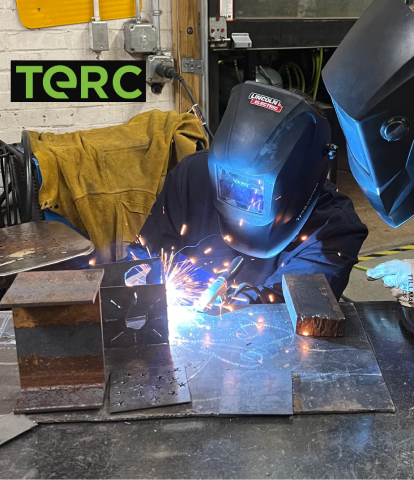Body
Image

Supporting African American Young Women in Creating Signature Making Artifacts
The AAMASE project develops and researches a model for engaging high-school-aged African American women from low-income families in STEM-related making and entrepreneurship educational programming in a makerspace. Participants explore multiple Making disciplines (e.g., ceramics, textiles, resin, woodworking and metalworking) and entrepreneurship. New pathways to STEM careers open for these young women as they make connections among their strengths and interests, and the knowledge and skills they develop. Participants spend about 3 hours a week over 8 weeks in the program, culminating in an in-depth project that takes 6 to 10 hours to build. Mentors from the makerspace support participants to develop their project designs and relevant skills. The aim is for each participant to move towards creating a signature making artifact, a creative work with personal and cultural significance to the maker (Barton, Tan, and Rivet, 2008). The project uses an iterative, participatory design research framework to bring the participants together with makerspace experts, facilitators and researchers to co-create processes and products that reflect the young women’s interests. The project’s research investigates participants’ development and interests and how the makerspace community is impacted. The research uses qualitative and quantitative methods including artifact elicitation, focus groups, interviews, and ethnographic field observations to iteratively develop the program model.
Pillar 1: Innovative Use of Technologies in Learning and Teaching
The AAMASE program brings African-American young women into a community makerspace to explore multiple making disciplines, including metalworking, woodworking, textiles, resin, 3D printing and ceramics. The project aims to work with the participants to develop making and entrepreneurship activities that appeal to them.
Pillar 2: Partnerships for Career and Workforce Preparation.
New pathways to STEM careers open for these young women as they work with making discipline experts to connect their interests to projects that they design, prototype, and build.
Pillar 3: Strategies for Equity in STEM Education
The AAMASE project aims to center the experience of young African-American women as developing makers. An iterative, participatory design research framework brings participants together with makerspace experts, facilitators and researchers to co-create processes and making activities that reflect the young women’s strengths and interests. The project aims to explore strategies for making makerspaces (and associated STEM-related activities) more welcoming to populations that better reflect their local communities.

Discipline(s)
Interdisciplinary
Target Gradespan(s)
Middle school (6-8)
High school (9-12)
Target Participant(s)
Youth / students
Category
Developing and Testing Innovations (DTI)
Youth-Based